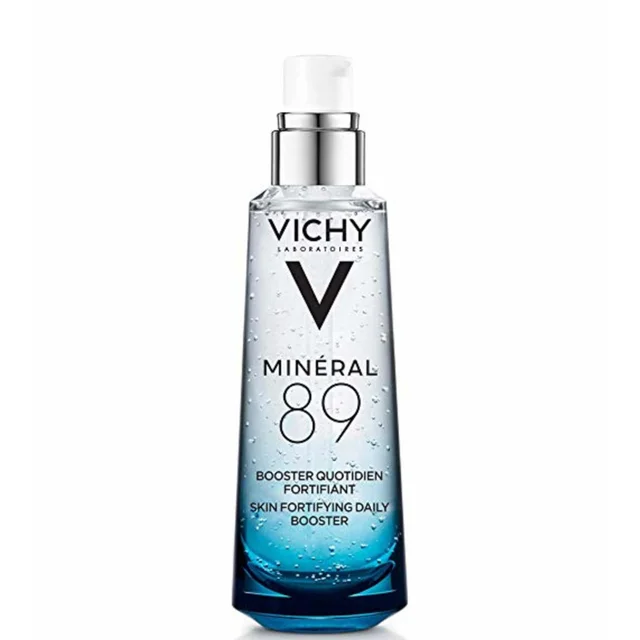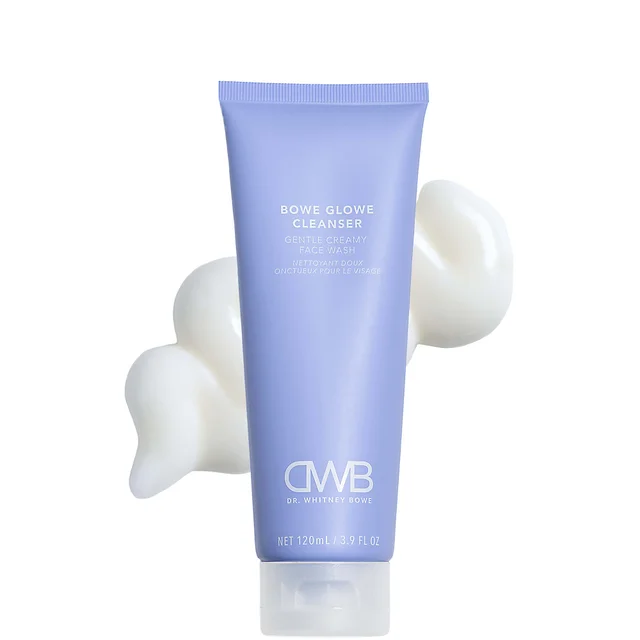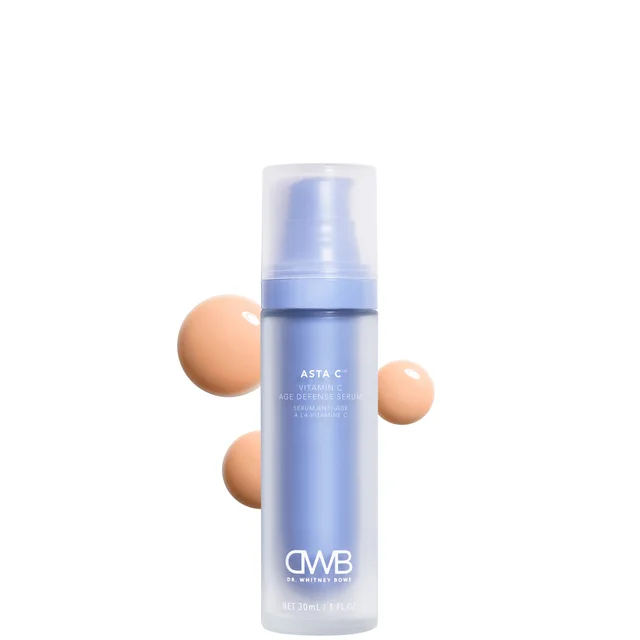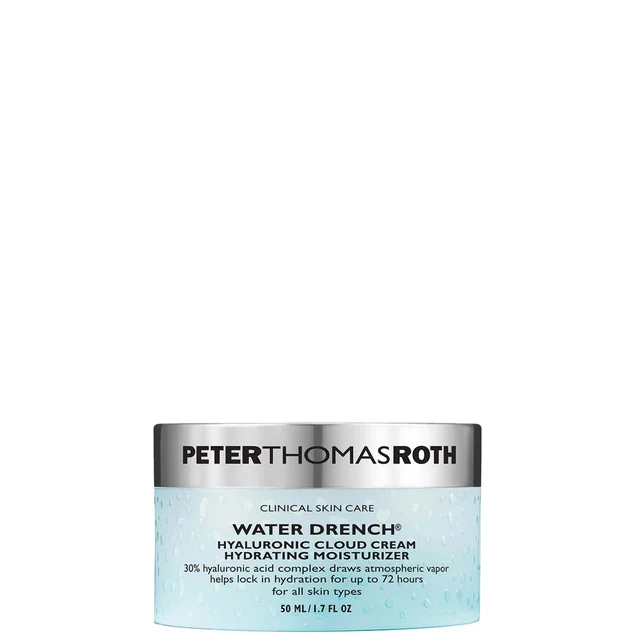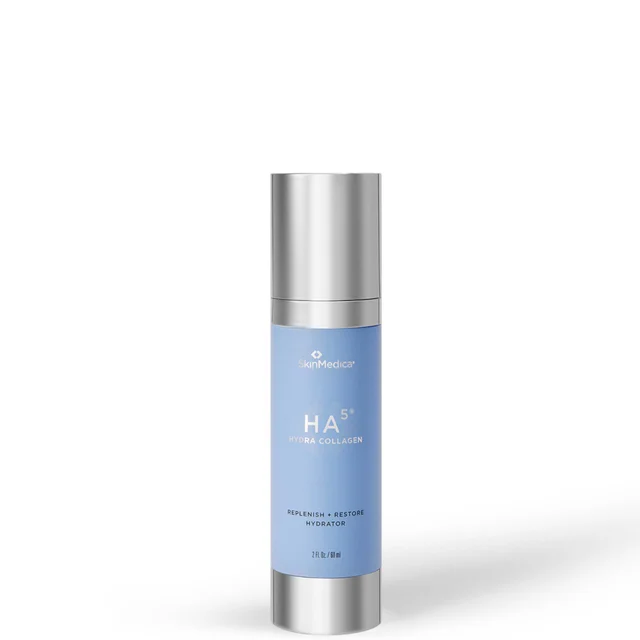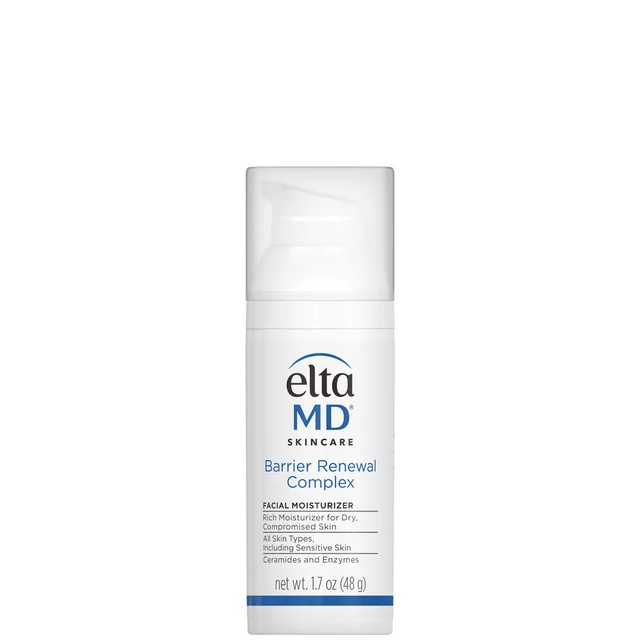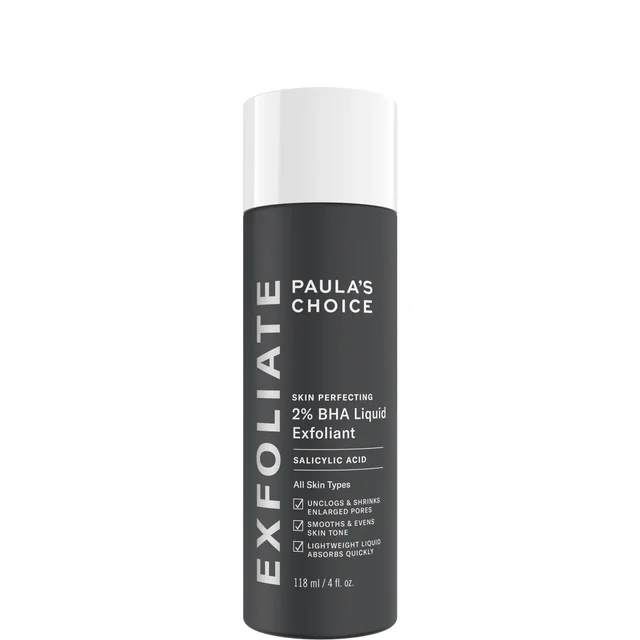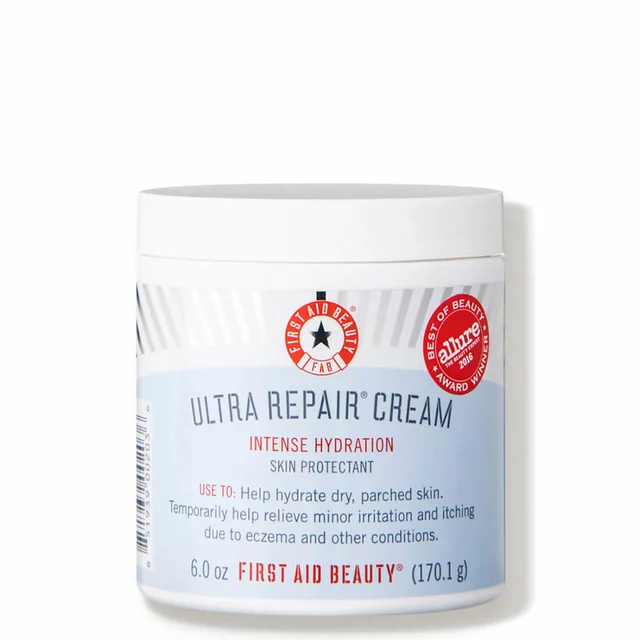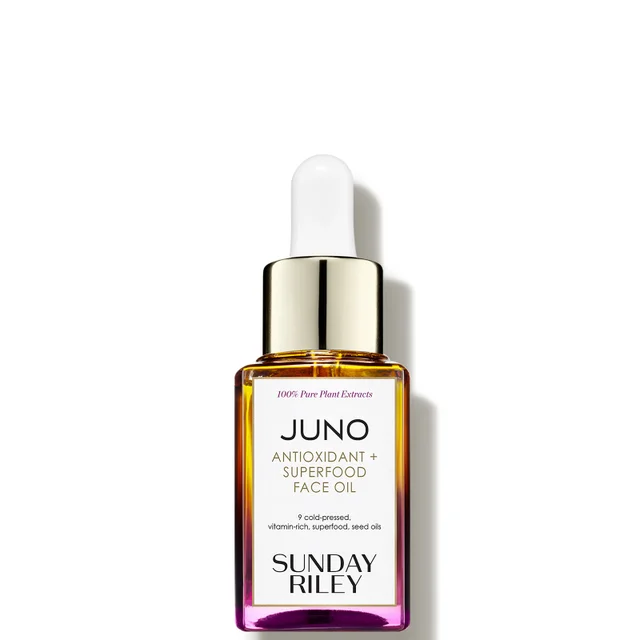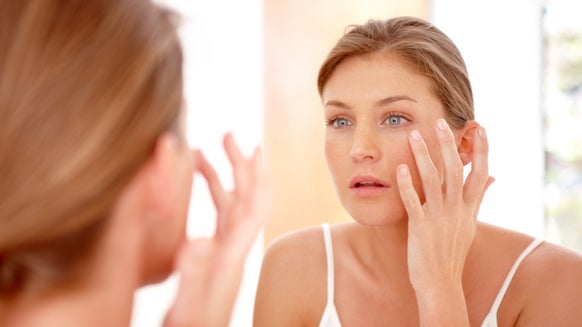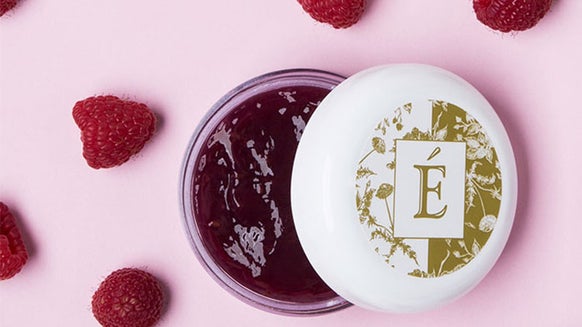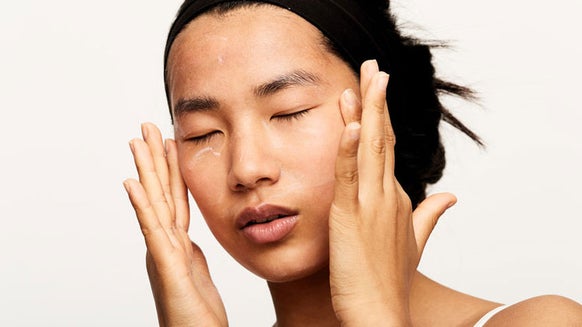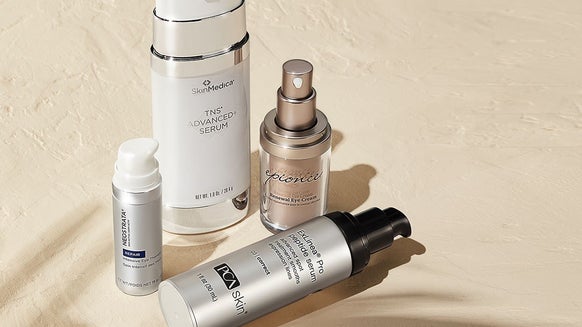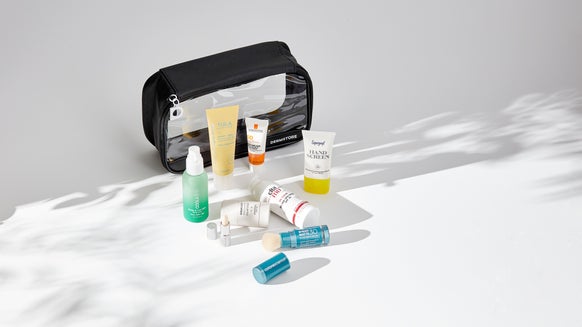How to Build a Winter Skincare Routine: 11 Derm-Approved Tips
Winter doesn’t just signal the return of your favorite seasonal drinks, cozy scarves, and back-to-back holiday parties. The colder air and dropping temperatures are also a reminder to swap out your daily staples for ones that can protect your skin from the moisture-zapping effects of biting winds, low humidity, indoor heating, and the chilly weather. To get you started on your winter skincare routine, we spoke with Dermstore Advisory Board member Dr. Whitney Bowe, world-renowned dermatologist and Skin Cycling originator, about the must-haves and must-dos to help your skin stay in top form during the colder months.
Meet the Expert
- Dr. Whitney Bowe – Board-certified dermatologist and member of the Dermstore Advisory Board
Winter Skincare Routine Tips
1. Layering is Key
And no, we’re not just talking about cute winter wear. According to Dr. Bowe, tweaking your skincare routine to match the cold season doesn’t always involve a complete overhaul. Sometimes, all you need to do is apply more of the products you love. “As a dermatologist with dry, sensitive skin, my preference is to layer the skincare I love and just make small adjustments with the seasons to optimize my skin’s health.”
Featured Product: Vichy Mineral 89 Hyaluronic Acid Booster Serum and Gel Moisturizer
Want to keep your winter skincare routine simple without risking dryness? This double-acting moisturizer and serum in one floods your skin with ultra-hydrating minerals and hyaluronic acid to keep it healthy, glowing, and quenched all winter long.
Key Ingredients: Vichy Volcanic Water, Natural Origin Hyaluronic Acid
Skin Type: All Skin Types
Skin Benefits: Provides up to 24 hours of hydration; promotes plump, hydrated, and toned complexion; non-sticky, non-shiny, and fast-absorbing
Beauty Insider Tip: Use this product on its own for a quick skin refresh or add to your fave moisturizer or foundation for extra hydration.
2. Start with a Gentle Cleanser
It goes without saying that any skincare routine needs to start with cleansing, but it’s just as important to make sure none of your go-to face wash’s ingredients are stripping your skin of its natural oils—especially since your skin needs all the moisture it can get during winter. “To build my morning winter skincare routine, I start with a gentle, nourishing cleanser. Your skin should feel soft and hydrated after cleansing, never stripped or tight,” adds Dr. Bowe.
Featured Product: Dr. Whitney Bowe Beauty Bowe Glowe Cleanser Gentle Creamy Face Wash
You’ll never have to worry about over-cleansing and stripping your skin with this ultra-rich and luxurious cream cleanser. Infused with a concentrated blend of skin-loving ingredients, it’s clinically proven to remove 100 percent of pollution and SPF and makeup residue while hydrating, calming, and pampering the skin.
Key Ingredients: Acetyl Hexapeptide-45, Hyaluronic Acid, Marshmallow Extract, Cucumber Extract
Skin Type: All Skin Types
Skin Benefits: Cleanses without stripping the skin barrier; reduces excess oil, refines the appearance of pores, and minimizes breakouts; leaves the skin with a spa-fresh glow
Beauty Insider Tip: Gentle, calming, and nourishing, this cleanser is also ideal for sensitive, dry, post-procedure skin.
Related Article: Different Types of Cleansers: A Dermatologist-Approved Guide
3. Add a Daily Exfoliant
Regardless of the season, your skin is constantly exposed to environmental aggressors that contribute to premature skin aging, suck up moisture, and expose the skin to pore-clogging dust and debris. To counter this, you need to arm your skin with powerhouse antioxidants that protect against free radicals and oxidative stress. And that’s where vitamin C comes in. Aside from its brightening properties, vitamin C is also known to help improve the skin’s tone, texture, and firmness as well as boost its defenses against sun damage.
Featured Product: Dr. Whitney Bowe Beauty Asta C Vitamin C Age Defense Serum
Expertly formulated by Dr. Bowe herself, this game-changing serum features two advanced forms of vitamin C to help fade dark spots and discoloration, improve skin tone, and protect against aging and oxidative stress. Its antioxidant-packed formula also shields the skin against daily pollutants to keep your skin looking fresh, healthy, and radiant.
Key Ingredients: Tetrahexyldecyl Ascorbate, 3-O-ethyl Ascorbic Acid, Astaxanthin, Turmeric
Skin Type: Dry, Oily, Normal, Combination
Skin Benefits: Refines pigmentation, dark spots, age spots, and other discoloration; brightens skin; reduces the look of wrinkles and improves firmness; superior antioxidant protection against free radicals
Beauty Insider Tip: Apply once every morning and slowly ease your skin to twice daily use.
Related Article: How to Exfoliate Your Skin Properly for a Smooth Complexion
4. Moisturize More
During winter, your skin is constantly battling the effects of indoor heating and harsh elements, which causes it to lose water faster. And as we all know, moisturized skin is happy skin, so when it comes to your winter-proofing your skin, it’s a must to pull all the stops with moisturizing. That means applying another layer of your current moisturizer or opting for a richer one to amp up your skin’s defense against dryness and damage from the cold weather. “A moisturizer should dive into your skin, hydrate the skin, and help repair the skin barrier,” adds Dr. Bowe.
Featured Product: Peter Thomas Roth Water Drench Hyaluronic Cloud Cream Hydrating Moisturizer
Infused with 30 percent hyaluronic acid cream, this moisturizer is as heavenly as it gets for your skin. Intensely hydrating without weighing down your skin, it pulls water from the atmosphere and continuously bathes your skin with moisture for up to 72 hours.
Key Ingredients: Hyaluronic Acid, Ceramides, Elderberry
Skin Type: All Skin Types
Skin Benefits: Constantly attracts, retains, and locks in moisture; softens the look of fine lines and wrinkles
Beauty Insider Tip: For optimal results, apply twice daily to face and neck.
5. Add a Hyaluronic Acid Serum for Extra Hydration
Sometimes, moisturizing alone isn’t enough to quench your skin’s need for added moisture and hydration during winter. Humectants like hyaluronic acid can give your skin a quick hydration boost by pulling moisture from the air and into your skin’s surface and deeper layers. “If I feel like my skin needs even extra moisture, I’ll start my routine with a lightweight hyaluronic acid or peptide serum as the very first step under my vitamin C serum right after cleansing,” shares Dr. Bowe.
Featured Product: SkinMedica HA5 Hydra Collagen Replenish and Restore Hydrator
What sets this hydrator apart from other serums is its advanced cream to water formula that goes beyond hydrating the skin’s surface and deeper layers. Powered by five forms of hyaluronic acid and the brand’s own Hydra Collagen Complex, it targets the skin’s collagens to naturally increase hydration and encourage long-term hydration.
Key Ingredients: Hyaluronic Acid, Hydra Collagen Complex, Advanced VITISENCE® Technology
Skin Type: All Skin Types
Skin Benefits: Actively restores hyaluronic acid production with the skin; up to 48 hours of hydration; promotes plumper, hydrated, younger-looking skin
Beauty Insider Tip: This serum goes deep into the skin’s layers to stimulate the skin’s natural production of hyaluronic acid and improve the skin’s ability to retain water.
6. Consider Ceramides
Ceramides are lipid molecules produced naturally by the body that play an essential role in maintaining your skin’s barrier function by holding together skin cells and creating a seal to prevent loss of moisture. Using ceramides-infused products like moisturizers allows you to strengthen and repair your skin’s natural barrier, boost its resilience against environmental damage, prevent dryness due to trans-epidermal water loss (TEWL), and enhance its youthful appearance and natural glow.
Featured Product: EltaMD Barrier Renewal Complex
Dry and parched skin can often be a sign of a compromised skin barrier. This moisturizer harnesses the nourishing and barrier-repairing properties of ceramides to ensure the skin maintains its vibrant glow by replenishing lost moisture, restoring barrier function, and improving water retention.
Key Ingredients: Ceramides, Enzymes, Essential Lipids, Vitamin E, Hyaluronic Acid
Skin Type: Dry, Mature
Skin Benefits: Reduces redness and improves tone and texture; refines signs of aging; replenishes moisture; restores and strengthens barrier function
Beauty Insider Tip: This derm-approved formula is non-comedogenic and free of harsh parabens, sulfates, and phthalates.
Related Article: The Ultimate Guide to Ceramides for Your Skin: A Derm Explains All
7. Exfoliate, But Not as Often
The skin follows a natural cell regeneration and shedding cycle, but harsh weather conditions in the winter can interrupt and slow down this process. Using exfoliants regularly helps your skin let go of dead skin cells that can dull its appearance and cause other concerns like roughness, uneven tone and texture, and acne. That said, since colder temps make your skin more susceptible to dryness, it’s best to lessen your exfoliation sesh to once or twice a week–depending on what your skin can tolerate.
Featured Product: Paula’s Choice SKIN PERFECTING 2 BHA Liquid Exfoliant
This skin-refining toner slash exfoliant is well-loved for its can’t-go-wrong formula that combines salicylic acid with green tea leaf extract to shed dead skin cells while promoting faster cell regeneration, minimizing blemishes, pores, and wrinkles, calming inflammation, and protecting against free radicals.
Key Ingredients: Salicylic Acid, Green Tea Leaf Extract
Skin Type: All Skin Types
Skin Benefits: Clears and refines enlarged pores; sloughs away old skin cells; lightweight and fast-absorbing
Beauty Insider Tip: Using a clean cotton ball or pad, apply the product evenly, including around the eyes (but make sure to avoid the eyelids and lower lash line). No need to rinse off.
8. Spot Treat Dry Areas
Certain areas of the face tend to be more sensitive and prone to dryness—such as under the eyes, cheeks, T-zone, and around the nose—which can be further aggravated by the unforgiving weather and even other active ingredients. “To address this, in the evenings only, as a final step on top of my moisturizer, I spot treat my particularly dry areas with a semi-occlusive recovery cream,” shares Dr. Bowe. “I find that this combination leaves my skin feeling very hydrated without leading to breakouts.”
Featured Product: First Aid Beauty Ultra Repair Cream
Whether it’s irritation, sun damage, eczema, or dryness that your skin needs rescuing from, this fast-absorbing and moisturizing repair cream instantly doubles skin hydration and has been clinically proven to boost the skin barrier in just seven days.
Key Ingredients: Colloidal Oatmeal, Shea Butter, Allantoin
Skin Type: Combination, Dry, Mature, Sensitive
Skin Benefits: Soothes, moisturizes, and conditions skin; repairs and strengthens the skin barrier
Beauty Insider Tip: This calming hydration hero comforts skin on the face and body.
9. Add a Hydrating Mask
Face masks come in all shapes and sizes, but they all have one thing in common: they’re the quickest way to pamper, hydrate, and give your skin some winter-time TLC. Masks drench your skin with hydrating and skin-loving ingredients that instantly plump, awaken, and quench parched skin.
Featured Product: PCA Skin Hyaluronic Acid Overnight Mask
Your skin needs an extra dose of TLC to combat the drying effects of winter, and this overnight mask does exactly that while you sleep. Loaded with powerhouse hydrators, it boosts moisture while improving the skin’s natural radiance and supporting the skin’s natural repair process.
Key Ingredients: Sodium Hyaluronate, Hydrolyzed Hyaluronic Acid and Hydrolyzed GAG, Niacinamide, Panthenol
Skin Type: All Skin Types
Skin Benefits: Deeply hydrates skin overnight; enhances glow; reduces toxins that cause cellular fatigue
Beauty Insider Tip: Infused with calming natural extracts, this overnight mask also encourages a deeper, more restful beauty sleep.
10. Top Off with a Face Oil
Adding a nourishing face oil to your winter skincare routine can do wonders for dry and dehydrated skin. Face oils are packed with antioxidants, deliver much-needed hydration, and seal in all the moisture from your serums and moisturizers.
Featured Product: Sunday Riley JUNO Antioxidant + Superfood Face Oil
This nourishing formula combines antioxidants and best-for-your skin superfood seed oils to protect the skin against signs of aging and dehydration while supporting the skin barrier, improving elasticity, and promoting a more radiant complexion.
Key Ingredients: Blueberry Seed Oil, Cranberry Seed Oil, Red Raspberry Seed Oil, Broccoli Seed Oil, Turmeric, Licorice Root, Hexylresorcinol, Tamarind Extract
Skin Type: All Skin Types
Skin Benefits: Provides antioxidant support; brightens and improves dark spots and discoloration; rich in vitamins A, C, E, K, and Omega 3-6-9
Beauty Insider Tip: This winter must-have can be applied any time your skin is feeling a little parched and vulnerable.
11. Keep Using SPF
Just because the sun is nowhere to be seen doesn’t mean you can go out of sight, out of mind with sun protection. For one, ultraviolet rays are persistent and can pass through clouds even on gloomy winter days. Second, snow can reflect the sun’s rays, which means they can hit your skin twice. Choose a broad-spectrum sunscreen with at least an SPF 30 for daily use.
Featured Product: Supergoop! Unseen Sunscreen SPF 40
Invisible and super hydrating, this broad-spectrum sunscreen protects the skin from UVA/UVB rays while soothing and boosting the skin’s moisture levels. And if the cold weather makes you want to spend more time indoors and in front of your screens, its HEV filter makes sure you can snuggle up and binge-watch your current streaming faves without worrying about the harsh effects of blue light.
Key Ingredients: Red Algae, Frankincense, Meadow Foam Seed Complex
Skin Type: All Skin Types
Skin Benefits: Complete protection against UVA/UVB rays and HEV or blue light; boosts hydration
Beauty Insider Tip: Apply this product as the last step in your skincare routine and before makeup. Make sure to wait 15 minutes before stepping out in the sun and reapply every two hours.
The Bottom Line
Your skin may have a hard time coping with all the weather and environmental changes that come with the winter season, especially since the combination of low humidity, cold air, and indoor heating can quickly suck out your skin’s moisture. That is why switching to your winter skincare routine is a must to make sure it stays healthy, happy, and radiant. Adding antioxidants like vitamin C ensures your skin is protected from free radicals and environmental stress while hydrating and barrier-repairing ingredients like hyaluronic acid and ceramides help replenish lost moisture and prevent further dryness. For a quick moisture boost, turn to face masks, while face oils are great for sealing in all that hydration. And last but definitely not the least, never skip SPF as UV rays can still harm your skin even when it’s cold and snowy.

Janeca Racho is a Journalism graduate with over 15 years of writing experience. After getting her start in public relations and advertising, she made the switch to freelance writing and began working for various lifestyle, fashion, and travel brands. Her love for all things skincare has led her to beauty reporting and research for the last ten years. Writing for several hair and beauty blogs, she reports on anti-aging staples, trending brands and products, must-have ingredients, and health and wellness.
Related Posts

Miriam Quevedo Has Caviar, Gold and Diamond in Her Hair Care Line—Here’s Why

